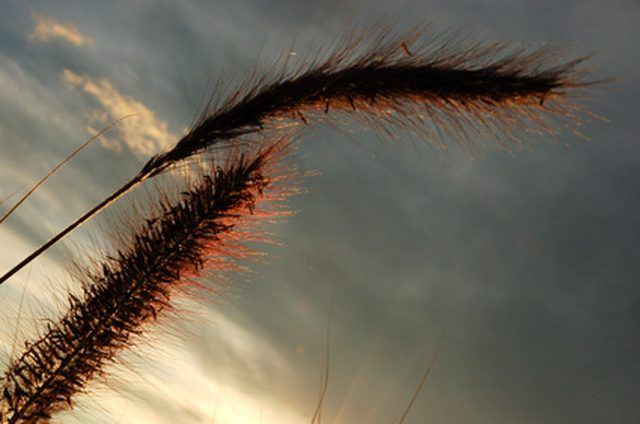Bulbs
Flower Basics
Flower Beds & Specialty Gardens
Flower Garden
Garden Furniture
Garden Gnomes
Garden Seeds
Garden Sheds
Garden Statues
Garden Tools & Supplies
Gardening Basics
Green & Organic
Groundcovers & Vines
Growing Annuals
Growing Basil
Growing Beans
Growing Berries
Growing Blueberries
Growing Cactus
Growing Corn
Growing Cotton
Growing Edibles
Growing Flowers
Growing Garlic
Growing Grapes
Growing Grass
Growing Herbs
Growing Jasmine
Growing Mint
Growing Mushrooms
Orchids
Growing Peanuts
Growing Perennials
Growing Plants
Growing Rosemary
Growing Roses
Growing Strawberries
Growing Sunflowers
Growing Thyme
Growing Tomatoes
Growing Tulips
Growing Vegetables
Herb Basics
Herb Garden
Indoor Growing
Landscaping Basics
Landscaping Patios
Landscaping Plants
Landscaping Shrubs
Landscaping Trees
Landscaping Walks & Pathways
Lawn Basics
Lawn Maintenance
Lawn Mowers
Lawn Ornaments
Lawn Planting
Lawn Tools
Outdoor Growing
Overall Landscape Planning
Pests, Weeds & Problems
Plant Basics
Rock Garden
Rose Garden
Shrubs
Soil
Specialty Gardens
Trees
Vegetable Garden
Yard Maintenance
Growing Wheatgrass Without Soil
Growing Wheatgrass Without Soil. Wheat grass is an easily grown, nutritious grain. Wheat has been used in bread for millennia. But, in recent decades fresh wheat grass has been touted to have miraculous properties. The fresh wheat grass is pureed and drunk to promote good health and build the immune system. Cleaning your wheat grass before the...

Wheat grass is an easily grown, nutritious grain. Wheat has been used in bread for millennia. But, in recent decades fresh wheat grass has been touted to have miraculous properties. The fresh wheat grass is pureed and drunk to promote good health and build the immune system. Cleaning your wheat grass before the liquification process is absolutely necessary. One way to raise this nutritious grain and cut back on the preparation time is to grow your wheat grass without soil.
Things You'll Need
Plastic tray (9 inches by 14 inches)
Drill with 1/4-inch bit
Clean, dry rags
Sheet pan
Paper towels
Water
Wheat grass seeds
Plastic, misting spray bottle
Place your plastic tray onto the ground. Drill holes into the bottom of the tray with the 1/4-inch bit on your drill to allow for water drainage. Wipe away any debris from the pan with a clean, dry rag.
Place your plastic pan on a metal sheet pan near a window where it will be exposed to sunlight for most of the day. The sheet pan will capture any excess water so that it can be easily disposed of without harming your growing grass. Wet a paper towel, wring out the excess water, smooth the paper towel and lay it in the bottom of the plastic pan. Line the plastic pan with 1/2-inch of wet paper towels.
Sprinkle wheat grass seeds onto the wet paper towels. Cover the entire surface of the top layer of paper towels with seeds without piling seeds on top of each other. Allow the seeds to sit on the towels in the tray and germinate. Check your wheat grass daily. Spray the grass with water from your misting bottle daily. Check the paper towels, water the tray as necessary to keep the paper towels damp.
Tips & Warnings
Always wear protective, leather gloves, safety glasses and hearing protection when using power tools, such as your drill.